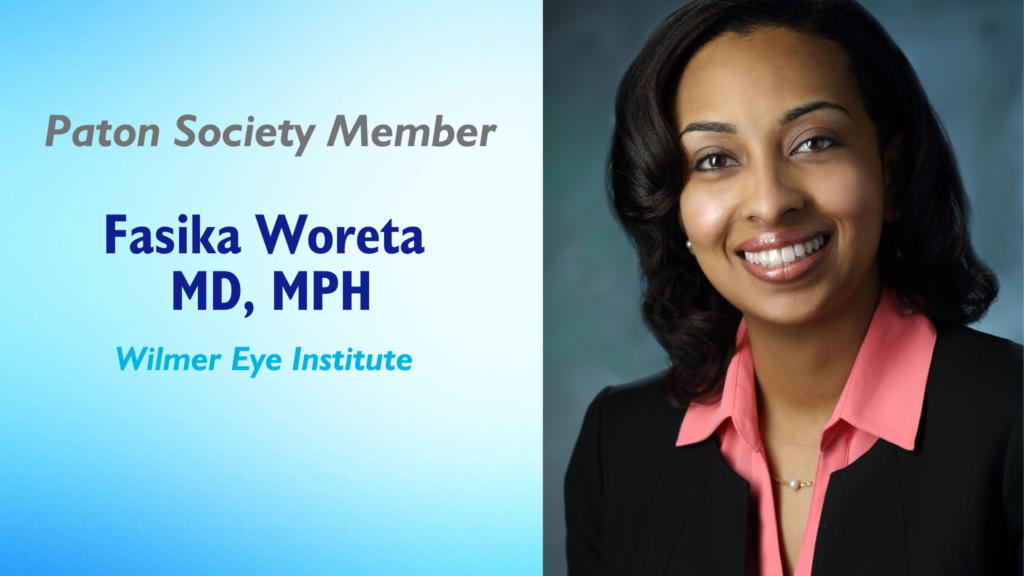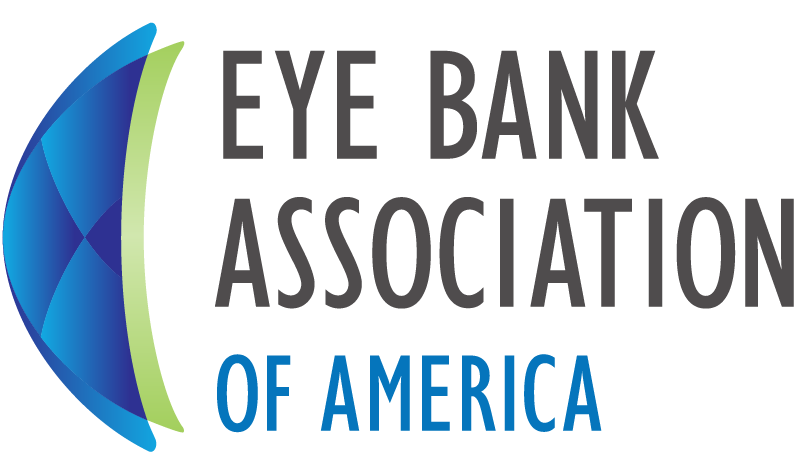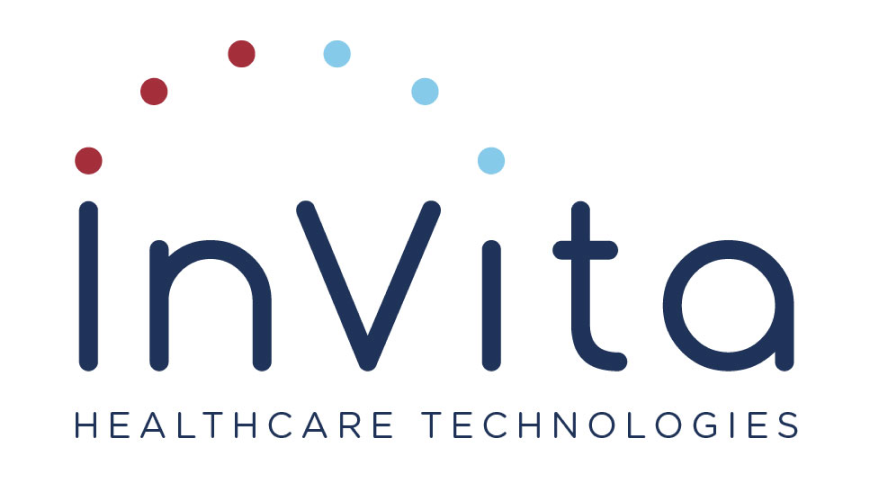February 3 is National Women Physicians Day. The date celebrates Elizabeth Blackwell’s birthday – the first female medical doctor in the U.S., and is a time to honor women doctors across the country and the progress that has been made since Blackwell’s time. EBAA is proud of our many female physician Paton Society members. For more on women in eye banking, ophthalmology, and at EBAA, see our website.

Fasika Woreta, MD, MPH
Eugene de Juan, M.D. Professor of Opthalmic Education
Associate Professor of Ophthalmology
Residency Program Director
Director, Eye Trauma Center
Wilmer Eye Institute
Johns Hopkins University School of Medicine
As we celebrate National Women Physicians’ Day, it is imperative to recognize women in ophthalmology who have shaped our field. As a resident at Wilmer Eye Institute from 2008 to 2011, I listened with fascination as my chair told us the story of Aida de Acosta Breckenridge, an aviator and socialite who lost vision in one eye due to glaucoma. She then raised $3 million dollars so Dr. Wilmer could start the first eye institute in the U.S. in 1925. She also became the executive director of the first eye bank in the U.S., The Eye-Bank for Sight Restoration in New York, in 1945.
Moving forward in time 100 years to 2025, where 65% of our ophthalmology residency class at Johns Hopkins are women, I could not think of a better time to be a female in academic ophthalmology and a residency program director. For the first time in history of U.S. medical schools, women outnumber men and comprise 55% of the medical school classes in the nation. While much progress has been made, significant gaps still exist. Today only 20% of department chairs in the U.S. are female. In addition to being underrepresented in positions of higher leadership, significant disparities exist in compensation, surgical volume, and workload. We are fortunate to have organizations and initiatives such as Women in Ophthalmology and the Association of University Professors of Ophthalmology’s Women Professors of Ophthalmology that provide some of the strongest examples of mentorship, support, and advocacy for women in our field.
Our careers as female physicians today are easier because of trailblazers who came before us. We must continue to shatter glass ceilings in medicine for the sake of future generations of female medical students and physicians-in-training that will follow us.


